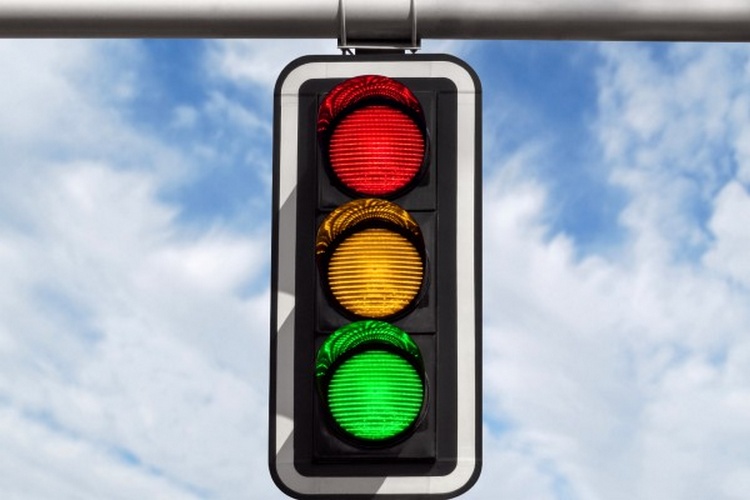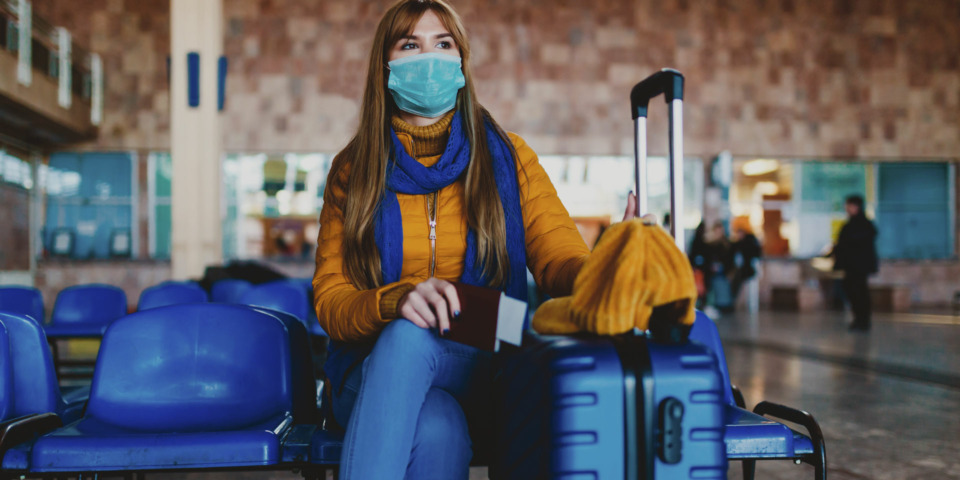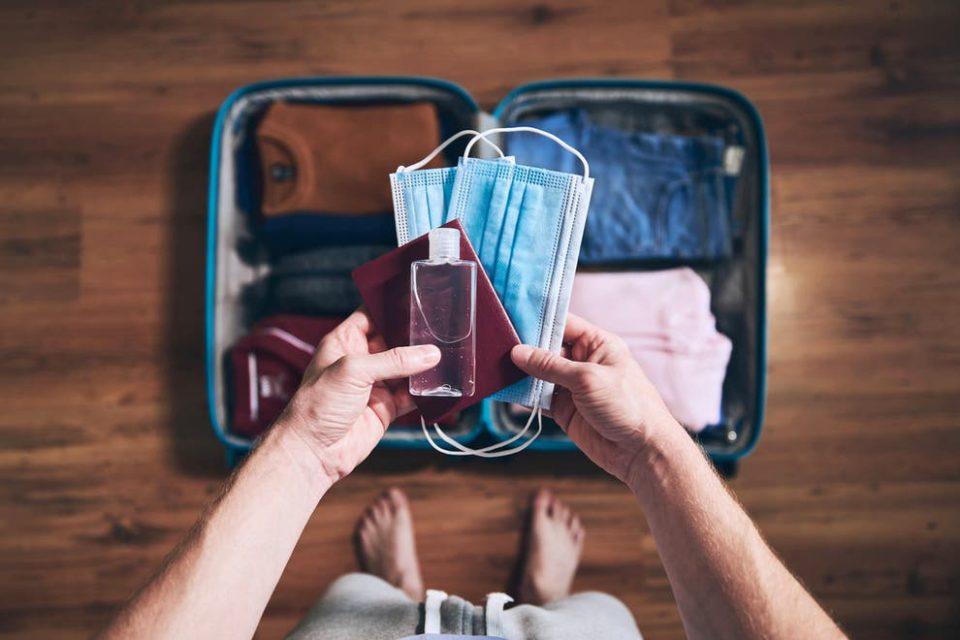
Allocating a traffic light colour to every country in the world to assess its Covid-19 health dangers has become very popular since its introduction by Britain seven weeks ago: green, yellow and red represent (in ascending order) low, medium and high risk. At least 40 countries or shared groupings now have their own flashing travel lights to protect their domestic audiences.
Thailand issued its first list on June 16 in preparation for the Phuket Sandbox launch with the promise of bi-monthly updates. The methodology has not been disclosed, but hopefully takes account of infection rates, reliability of data, prevalence of variants, genomic sequencing capability, vaccine roll-out and airport transit issues. The UK has been equally silent on its detailed analysis – that is assuming there has been any.

The Thai list is issued by the Department of Disease Control (DDC) and does exclude a few countries, perhaps because they do not send many tourists here. Examples are Vatican City, Gibraltar, the Dominican Republic (perhaps confused with Dominica) and several island groupings such as Cayman and the Falklands. On the other hand, Haiti and South Sudan are included even if interest in travelling to Phuket from there must be hovering around zero.
A curious feature is that Thailand is listed by the DDC as a red or high-risk country which looks like a curious and unnecessary own goal. Sandbox applications are welcome from countries graded green or yellow, but banned from those labeled red. Cambodia and Vietnam are both green, whereas the UK traffic light list says they are yellow and the EU actually stipulates red. Thailand, by the way, is yellow for entry to both the UK and the EU. At the moment anyway.

It’s fair to say that the Thai list is mostly in line with other classifications, although there are certainly some oddities. Japan is red to Thailand but appears as yellow for the UK and green in the EU. Qatar is green in Thailand but red in both the UK and the EU. Another contradictory status is Poland which is red in Thailand, yellow in UK and green in the EU. There are about a dozen more differences. China is yellow in both Thailand and the UK, but red in the EU. And so on.
In other words, the traffic light approach is by no means universal. Yet the labeling does have consequences. In the UK, you might lose the cost of your air ticket and hotel booking if the country of your intended vacation suddenly turned red. Not to mention the need to quarantine for 10 days at a cost of nearly two thousand pounds, irrespective of vaccination status, on returning home.
In Thailand, individuals cannot apply for the Sandbox scheme if their country has been graded red, but they can presumably still apply at their local Thai embassy for an ordinary non-Sandbox visa if they are prepared to stay in a nominated quarantine hotel here at their own expense for two weeks. In the EU, a national of a red-listed country is not even allowed to board a plane to any of the community’s 28 member states.
There seems little hope of standardizing the traffic light scenario for international travel. The lofty ideal would be an ongoing list, perhaps prepared by the World Health Organization, to which UN members would subscribe. Brutally, the Covid pandemic has thrown the whole world into disarray and confusion. That includes traffic lights.
 |
 |
 |





